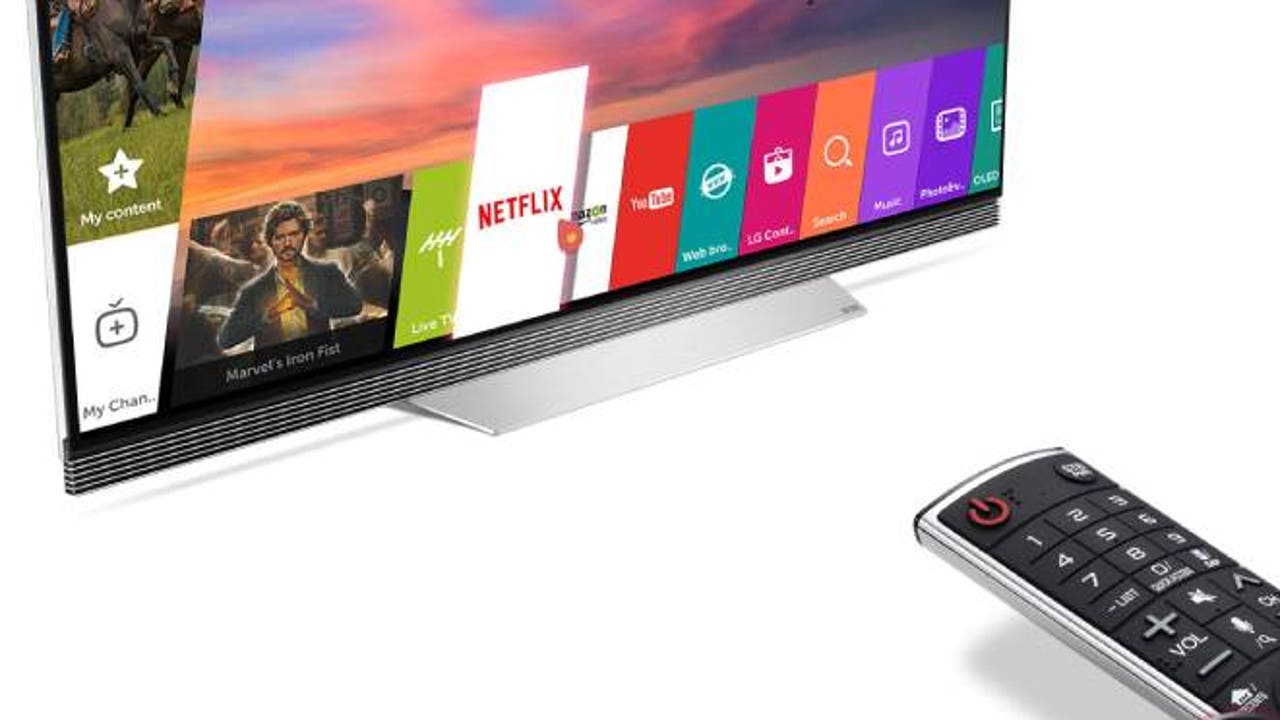The most common scenario in any home with a Smart TV is to have it connected to the router by Wifi. There are a number of reasons that explain why it is the preferred choice By most smart TV users, a 70% according to NPD Group data, but there are many more to use a physical connection through an Ethernet cable.
The advantages of WiFi focus in convenience and comfort. It is not necessary to run any cables through the house and it gives a lot of freedom when it comes to locating the router and the television, reasons that have made it successful. But If we look at functionality, here the cable wins by a landslide. These are the reasons why a wired connection will give you much better service than a wireless one.
Faster connection speed
It is one of the main benefits and what you will notice the most using an Ethernet cable. With WiFi, you always lose speed. And the further the router is from the television and the more doors and walls start to get in the way, the drop is dramatic. With cable, these losses do not occur and your television will be able to use all the speed provided by your operator.
Keep in mind that other factors come into play here: the type of ethernet cable (there are different categories that provide more or less bandwidth) and network card that the TV uses to manage data transmission. This last data It does not usually appear in the technical specifications of televisions, so often the best way to get an idea of your capabilities is to do an Internet speed test. It may happen that even if you have 1 gig of bandwidth and a suitable cable, speed is reduced by the network card. This aspect is not a disadvantage in itself of the Ethernet cable, but rather affects WiFi connections equally.
Lower latency and smoother gaming experiences
Latency is not the same as connection speed, although it is a related term. When we talk about latency we mean the milliseconds it takes for a data packet to be sent and received. You can have a correct bandwidth and a not so good latency, which is a particularly inconvenient if you play online games with a video game console or use a cloud gaming service like those from Microsoft or Nvidia. When latency is high, delays occur in the gaming experience, which is popularly known as lag. The stability provided by a wired connection also offers lower latency than WiFi and, therefore, a more fluid experience.
Ease of use: connect and that's it
It's not that setting up a WiFi connection is complicated, but it has to be done. With an Ethernet cable You just have to connect it so that the device immediately has access to the Internet.
Greater connection reliability and stability
For different reasons, a WiFi network can have occasional falls that interrupt, even momentarily, the connection. Factors such as distance from the router, walls and other obstacles weaken the WiFi signal. Instead, A wired connection provides a direct and stable connection, without the fluctuations that WiFi can experience. This is especially important for streaming and online gaming applications, where a stable connection is crucial for a good user experience.
More security
Wired Ethernet connections offer greater security compared to WiFi. While Wireless networks can be vulnerable to intrusions If not properly configured with strong passwords and proper encryption, wired connections are inherently more secure since the data packets transmitted cannot be intercepted while going from the router to the television or vice versa. For this it would be necessary to have access to the router or for it to be infected with some type of malware, but that would be a different case. This significantly reduces the risk of cyber attacks and unauthorized access.
Avoid WiFi saturation
In any home there is usually a wide variety of devices connected to the same WiFi network: mobile phone, computer, television, home automation devices… Everything adds up and, although successive WiFi standards increasingly manage a greater number of connections and at higher speeds, it is logical that with many devices the wireless network becomes congested. Not only for yours, but also for those of other neighbors who use the same frequency and channel. With an Ethernet cable you ensure stable bandwidth to the TVwhich improves the user experience in crowded wireless environments.
In conclusion, although WiFi is the most comfortable and convenient, Ethernet cable connections provide a better experience in terms of speed, latency, stability, security and reliability. For those looking to maximize the quality of their connection, the Ethernet cable is the preferred option.

